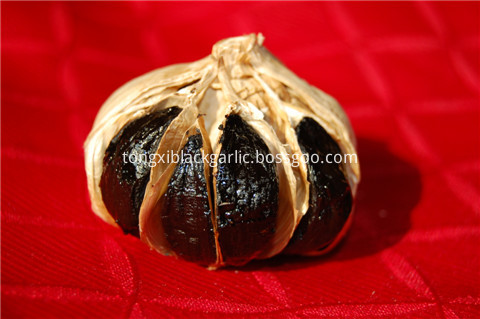First, according to the characteristics of fertilizers, select fertilizer types suitable for application outside the root.
Used as a fertilizer with good fertilizer effect outside the roots are urea, potassium dihydrogen phosphate, potassium nitrate, potassium sulfate, and ammonium sulfate. Superphosphate and ash leaching, ammonium metaphosphate and most trace element fertilizers. Some highly volatile fertilizers such as ammonia, ammonium bicarbonate, and fertilizers containing chloride ions such as ammonium chloride, potassium chloride, etc., should not be used for rootless fertilization because some of them cause large losses of fertilizer, while others affect crops. Has an adverse effect.
Second, according to the type of crop and growth period, choose the amount and concentration of fertilizer solution.
Appropriate concentration of crop roots outside the general fertilization is generally: 1-2% of urea, potassium dihydrogen phosphate 0.3-0.5%, 3-5% of the superphosphate leaching solution, ammonium molybdate 0.01-0.1%, ammonium metaphosphate 2-3%, Borax 0.1-0.2%, zinc sulphate 1%, 50-60 kilograms of fertilizer solution per acre, cotton, rapeseed, beans, vegetables and other dicotyledonous crops, leaf area is large, the stratum corneum is thin, the nutrients in the solution are easy to be Absorption, therefore, the concentration of sprayed fertilizers for such crops should be appropriately lower; leaf area of ​​monocotyledonous crops such as rice, wheat, and corn is relatively small, and the degree of silicification of leaves is high, and nutrients are difficult to be quickly absorbed by the leaves. Must be appropriately increased fertilizer concentration.
Third, according to climatic conditions, select the appropriate fertilizer spray time.
Numerous tests have shown that extra-root fertilization is carried out in relatively humid weather and leaves the leaves moist for 30-60 minutes to obtain better fertility. In order to extend the moisturizing time of the fertilizer solution on the leaves of the plants as much as possible, it is best to use external root fertilization in the morning and evening when the air is wet or dew. The windy cloudy days can be sprayed all day, but the effect of spraying in the evening is the best. good. If a small amount of adhesive, such as washing powder, neutral soap, or 885 fertilizer, and drug synergist, is mixed into the fertilizer solution, the surface tension of the fertilizer solution can be reduced, the contact area between the fertilizer solution and the blade can be increased, and the effect of spray application can be improved.
Fourth, according to the mobility of the fertilizer in the crop body, determine the frequency of spray fertilizer.
According to relevant reports, nitrogen and potassium fertilizers are highly mobile in crops. Therefore, during the critical period of crop growth, they can be sprayed once. Phosphate fertilizers are less mobile than nitrogen and potassium fertilizers and must be sprayed according to the growth status of the crops. 1-2 times; the zinc, molybdenum, manganese and copper fertilizers which are only partially moved in the crop body and the non-moving boron and calcium micro-fertilizers are generally sprayed 2-3 times in succession.
5. According to the biological characteristics of the crop, select the best fertilizer application site.
The green stems and leaves of crops are a reasonable part of fertilizer spray, especially the young green leaves that grow young, grow vigorously, and have the best fertilizer effect. It is worth noting that in the epidermis tissue of the frontal leaves of dicotyledonous crops, there is a tightly packed palisade tissue with small cell gaps. The nutrients in the fertilizer solution can hardly break through the “blockade†and penetrate; however, the leaves on the back are different. In the epidermis, all the sponge tissues are loosely arranged, the cell gap is large, and the nutrient components in the fertilizer solution are easier to enter and be Absorb quickly. Therefore, when the fertilizer is applied to the dicotyledonous crops, it is required to uniformly spray on both the front and the back of the blade, and the monocotyledonous crop can be sprayed on the front of the blade only from the top down.
Whole ( Multi bulb ) Black Garlic is made of the whole fresh white garlic .
It appears black in colour and shrinks during the fermenting process.
The cloves varies in diameter between 5.0 - 6.0cm and weights in at 30-40g before being peeled.
Black Garlic Production Process
Fresh organic garlic → Cleaning → Dehydration → Clip → Outfit fermentation dish → Fermentation room → Fermentation → Booth cool room → Ripen → Sterilization room → Black garlic sorting room → Inner packing → Outer packing → Black garlic storeroom

Whole Black Garlic,Whole Foods Black Garlic,Multi Bulb Black Garlic,Fermented Whole Black Garlic
Zhucheng Tongxi Commercial And Trade Co.,Ltd. , https://www.blackgarlicgroup.com